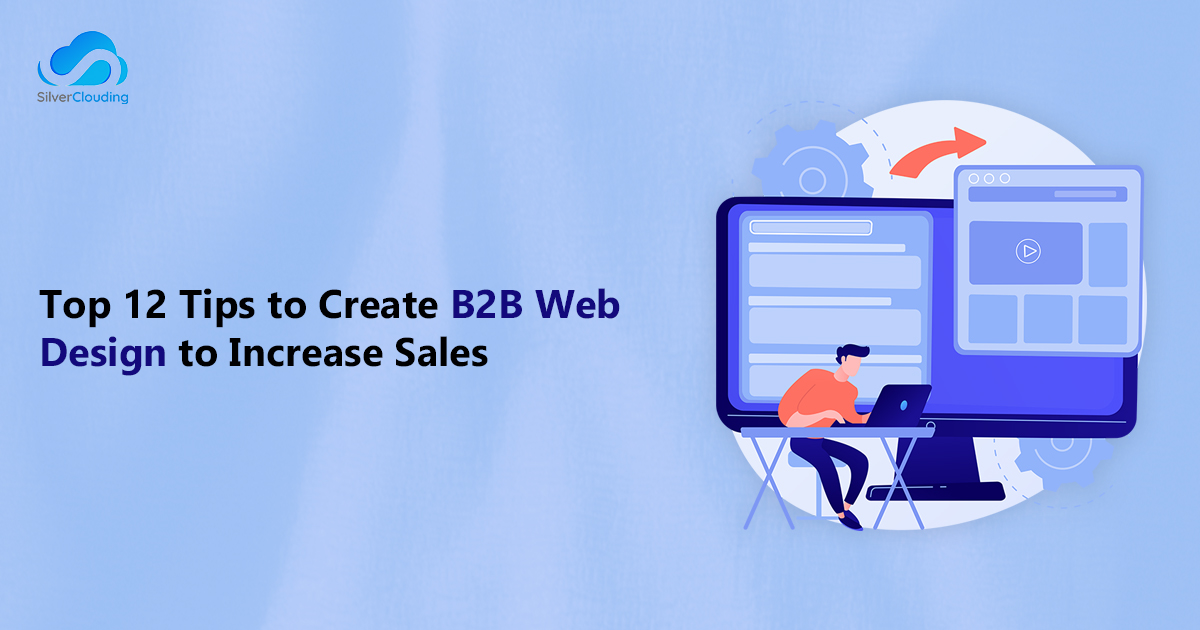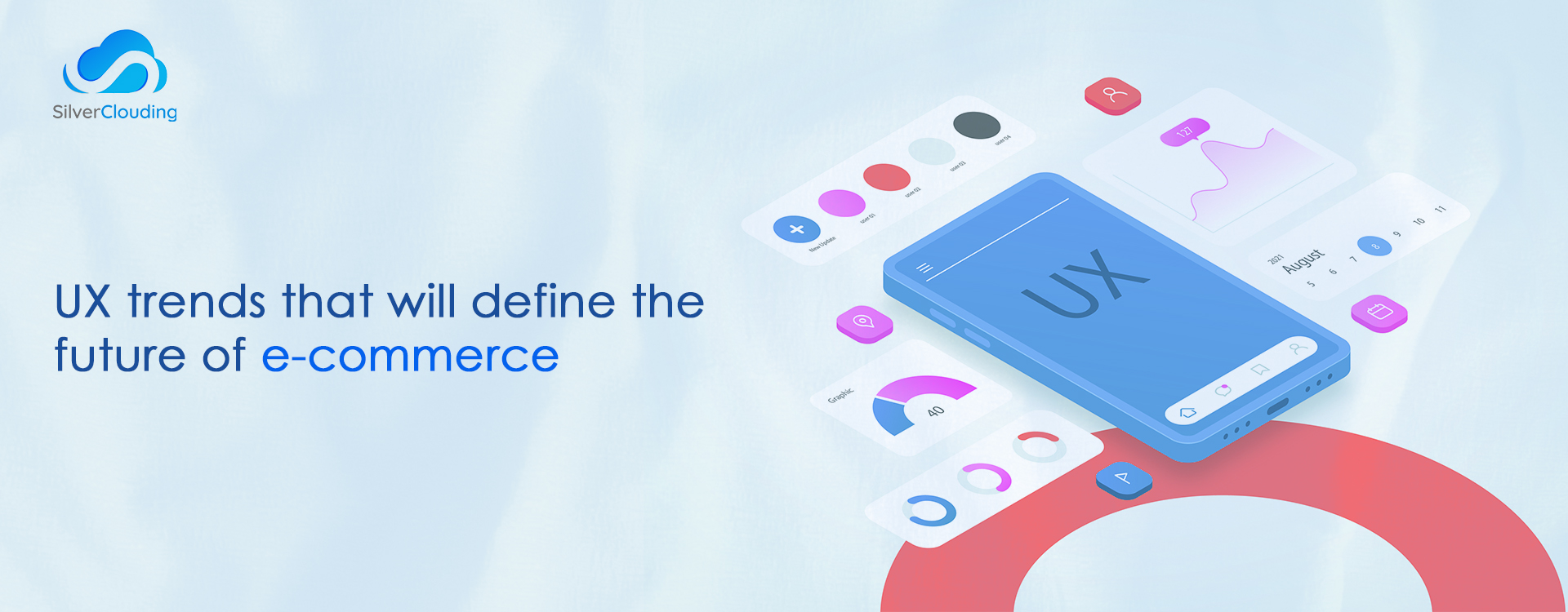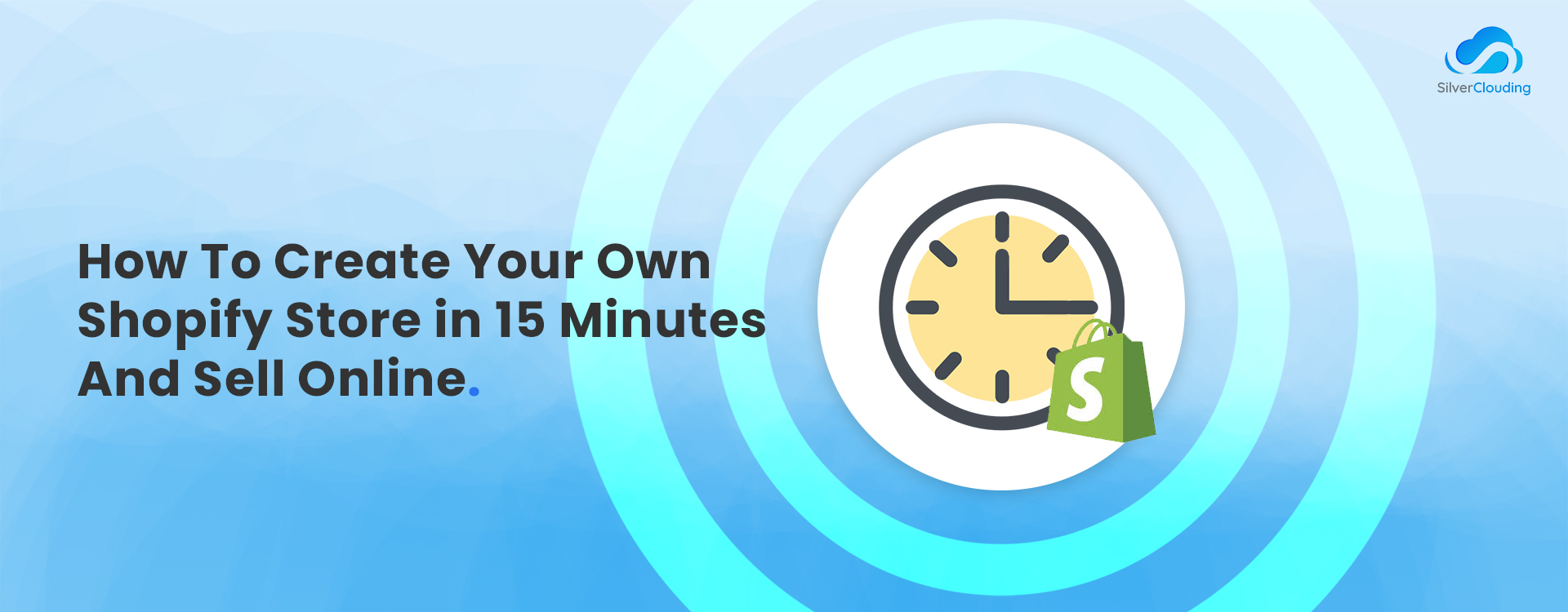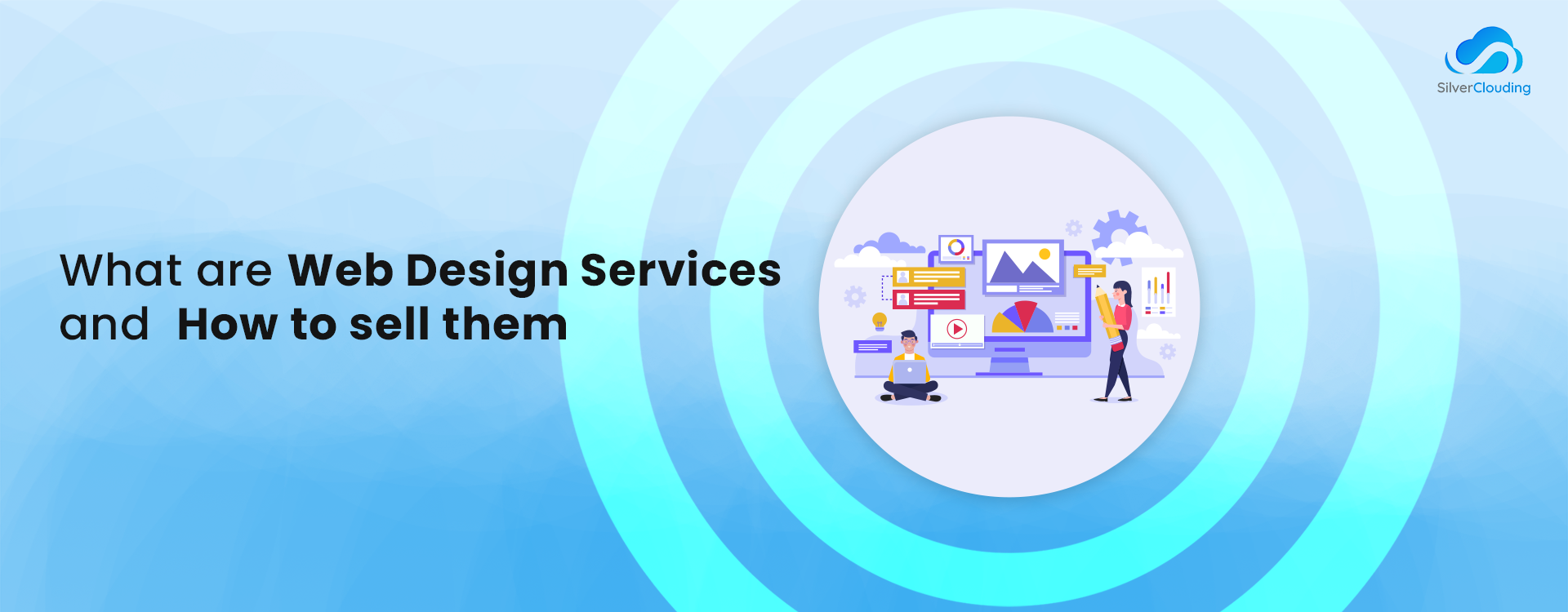Today, website design plays a key role in driving sales for businesses. It is often the first point of contact between your company and potential clients. A well-crafted B2B web design not only showcases your products or services but also establishes credibility and trust, ultimately leading to increased sales and ROI.
1. Responsive Design for Mobile Optimization
A mobile-friendly web design is a business imperative these days. Responsive design, achieved through CSS media queries, ensures your site functions seamlessly across various devices and screen sizes. Considering that over half of global website traffic comes from mobile devices, optimizing your website for mobile ensures you capture a broader audience and potential customers.
Example: Salesforce, a leading CRM platform, has a mobile-responsive website that adapts seamlessly to various devices, ensuring optimal user experience.
2. Fast Loading Speed
Slow-loading websites lead to high bounce rates. Optimize your website’s speed and performance by compressing images, minimizing HTTP requests, and utilizing efficient coding practices.
Example: Amazon Web Services (AWS) offers a high-performance website with lightning-fast loading speeds, ensuring visitors have a smooth browsing experience.
3. User-Centric Navigation
Website UX Design (precisely,user experience) is at the heart of effective web design. Employ intuitive navigation menus and clear CTAs to guide users effortlessly through your site. Remember, a user-friendly interface not only enhances the first impression but also ensures visitors find what they’re looking for, increasing the chances of conversions.
Example: Dropbox Business exemplifies intuitive navigation, enabling visitors to easily explore their range of services and find the information they seek.
4. Compelling Visuals and Branding
Visual appeal plays a pivotal role in capturing your audience’s attention. Utilize high-quality images, graphics, and videos that align with your brand identity—consistency in typography and colour schemes across your website fosters brand recognition.
Example: Shopify Plus, an e-commerce platform, incorporates visually appealing product images and videos, allowing visitors to experience their offerings in detail.
5. Say “Yes” to SEO
Develop a robust content strategy, including blogs and informative articles relevant to your industry. Implement SEO best practices, such as optimizing meta tags, headers, and image alt text. By providing valuable, search engine-friendly content, your website becomes more visible to potential clients, driving organic traffic and generating leads.
Example: Cisco, a global technology leader, employs SEO strategies effectively, making their solutions easily discoverable through search engines.
6. Create Compelling CTAs
Effective Calls-to-Action (CTAs) prompt visitors to take desired actions, such as making a purchase or filling out a contact form. Use persuasive language and strategic placement to encourage conversions.
Example: HubSpot incorporates compelling CTAs throughout their site, guiding visitors to relevant resources and offerings.
7. Security and Trust Signals
Security concerns can drive potential customers away. Secure your website with SSL certificates (HTTPS) and prominently display trust badges, assuring visitors of a safe browsing experience.
Example: PayPal, prominently displays trust badges and certifications on their website, assuring visitors of their commitment to security.
8. Social Proof and Testimonials
Social proof, in the form of client testimonials, case studies, and awards, builds trust and credibility. Featuring these prominently on your website provides tangible evidence of your expertise and satisfied customers. Positive reviews and success stories create an emotional connection with potential clients, influencing their purchasing decisions.
Example: Salesforce, for instance, features customer success stories on their website, demonstrating the real-world impact of their services and building trust among potential clients.
9. Personalization
Personalization is the secret sauce in B2B web design. Implement dynamic content and user-specific recommendations to engage visitors. Utilize data-driven insights to create personalized email marketing campaigns, offering relevant content and product suggestions. By addressing the unique needs of your audience, you enhance customer engagement, increasing the likelihood of conversions and building lasting customer relationships.
Example: Nike, the iconic sportswear brand, provides a highly personalized shopping experience on their website and mobile app. They have a feature called “Nike By You,” which allows customers to customize their sneakers based on colours, materials, and designs.
10. Analytics and Conversion Tracking
Data-driven decision-making is essential in the digital landscape. Set up comprehensive analytics tools like Google Analytics to monitor website performance. Track key metrics such as traffic sources, user behaviour, and conversion rates to gain valuable insights into user preferences.
Example: Booking.com, a leading online travel agency employs robust analytics and conversion tracking tools to keep track of user searches, property views, booking selections, and completed reservations.
11. Chatbots and AI-Assisted Customer Support
Implementing AI-powered chatbots enhances customer support and engagement. These intelligent bots offer instant responses to customer queries, ensuring timely assistance. Additionally, they aid in lead qualification, providing valuable data for personalized marketing efforts.
Example: Zendesk, a customer service software company, utilizes live chat support on their website, providing instant assistance to visitors and addressing their queries promptly.
12. A/B Testing and Continuous Optimization
Conduct A/B testing on different elements, analyze user behaviour, and make data-driven improvements.
Example: Microsoft Azure, a cloud computing service, continually updates their website based on user feedback and industry trends, ensuring a seamless user experience.
Wrapping Up
At Silver Clouding, we incorporate technical strategies and design trends into your B2B web design. It not only enhances user experience but also maximizes your chances of converting visitors into valuable customers. Remember, in the dynamic digital landscape, ongoing optimization and staying abreast of industry trends are key to sustained success.





Boost B2B Sales with These 12 Expert Tips for E...
[…] Today, website design plays a key role in driving sales for businesses. It is often the first point of contact between your company and potential clients. A well-crafted B2B web design not only showcases your products or services but also establishes credibility and trust, ultimately leading to increased sales and ROI. 1. Responsive Design for […] […]